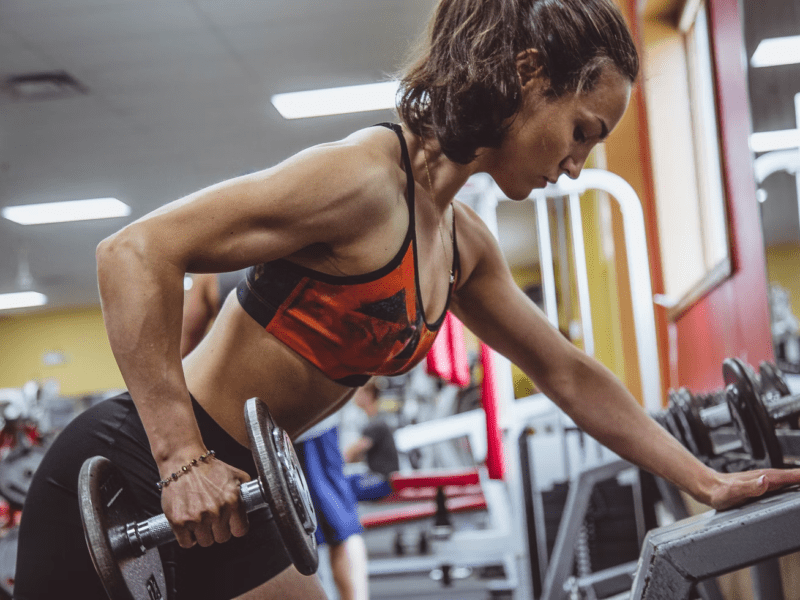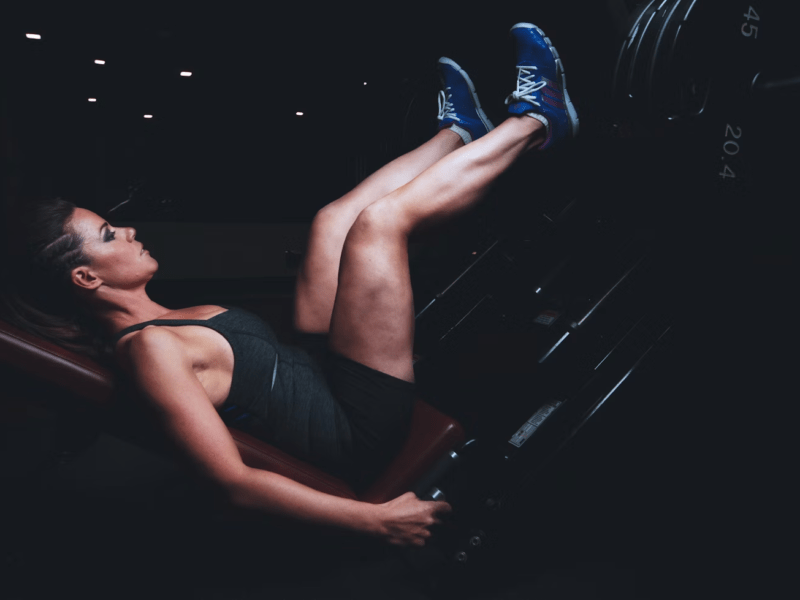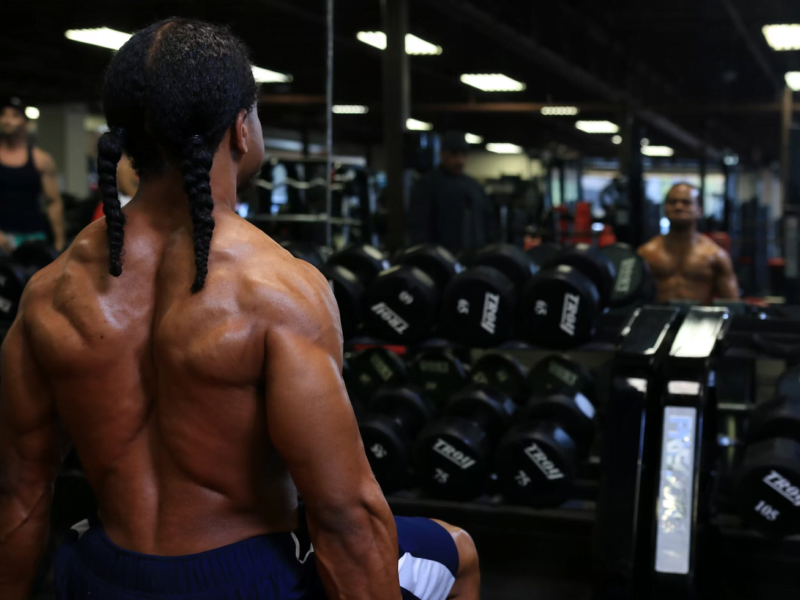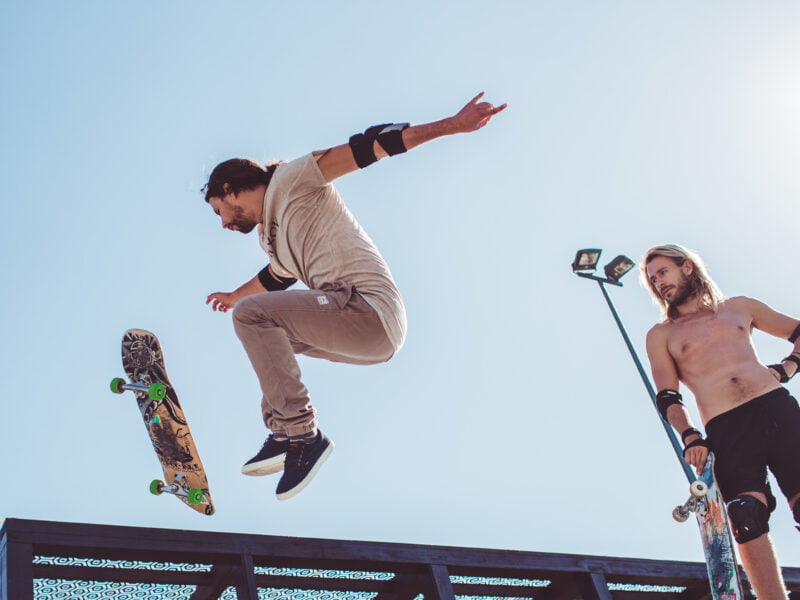When an individual is required to use crutches, due to injury or a condition impairing mobility, it naturally prompts questions about physical fitness impacts, particularly on muscle development. This interest primarily focuses on whether crutches can enhance muscle strength, especially in the upper body, as arms and shoulders bear more load, compensating for the lower body’s restricted movement.
Utilizing crutches involves a significant increase in energy expenditure—up to twice the energy used when walking without assistance. This heightened activity can lead to a noticeable improvement in the strength and endurance of upper body muscles, specifically in the biceps, triceps, shoulders, and core, over time.
This exploration aims to demystify the muscle-building capabilities associated with crutch use, integrating scientific findings and practical advice. It will offer a detailed look into how adapting to crutches can potentially foster muscle growth and how users can optimize their physical condition despite mobility challenges.
What Are Crutches?
Can Using Crutches Build Muscle?
However, the muscle building is mostly focused on the upper body, and it’s important to use crutches correctly to avoid strain or injury. While crutches are not a replacement for a comprehensive fitness routine, they can certainly contribute to muscle development in specific areas of the body.
Is Using Crutches Good Exercise?
Here are a few points to consider regarding crutches as exercise:
Upper Body Strengthening: The most significant exercise benefits are seen in the upper body, especially the biceps, triceps, shoulders, and chest muscles. The action of propelling yourself forward with crutches works these muscles in ways they might not be used to, which can lead to increases in strength over time.
Core Engagement: To maintain balance and stability while moving with crutches, your core muscles must work continuously. This constant engagement helps strengthen the abdominal and lower back muscles, contributing to better posture and potentially reducing the risk of lower back pain.

Calorie Burn: Moving with crutches can be more physically demanding than walking without assistance, leading to a higher calorie burn. The exact number of calories burned will depend on your weight, the distance and speed of your movement, and the terrain.
How Crutches Affect Caloric Burn
Using crutches significantly impacts energy expenditure and caloric burn. Here’s how:
Increased Energy Use: Moving with crutches requires up to twice the energy compared to walking without them, which translates to burning about 60-100% more calories. This extra effort comes from using your arms and upper body to support and move your weight.
Higher Caloric Burn: Due to the increased energy demand, using crutches burns more calories—up to 50% more than walking normally. This can help with weight management or loss. For instance, a person using crutches can burn significantly more calories over the same distance compared to walking normally.
Muscle Activation: The extra work done by your arms and shoulders, along with the core, means these muscles are actively engaged. This engagement contributes to higher overall energy expenditure.
Cardiovascular Impact: The effort required to move with crutches raises your heart rate by up to 50% more than when walking normally, similar to moderate-intensity exercise, which boosts cardiovascular health.
Overall, crutch use not only supports mobility but also enhances calorie burning and energy expenditure, making it a beneficial activity for those needing assistance with walking.
What Does Crutches Do For Your Body?
Using crutches impacts your body in several ways, primarily targeting the upper body but also affecting your overall physical health and fitness. Here’s a breakdown of what crutches do for your body:
Upper Body Strength
Muscle Groups: Primarily, crutches work the upper body muscles, including the arms (biceps and triceps), shoulders (deltoids), chest (pectoralis major), and upper back (trapezius and latissimus dorsi).
Strength Building: The act of lifting your body with crutches during movement provides a form of resistance training, which can strengthen these muscle groups.
Core Stability and Engagement
Core Muscles: Using crutches requires significant core engagement, including the abdominal muscles and the muscles along the spine.
Balance and Stability: To maintain balance on one leg or to maneuver safely, your core muscles work continuously, which can enhance core strength and stability over time.
Cardiovascular Endurance
Increased Heart Rate: The effort needed to move with crutches can increase your heart rate, similar to moderate-intensity cardiovascular exercise.
Endurance: Regular use of crutches over distance can improve cardiovascular health by strengthening the heart and lungs, improving circulation, and increasing stamina.
Caloric Expenditure
Coordination and Balance
Improved Motor Skills: Navigating with crutches can enhance coordination and balance as you learn to synchronize movements between your arms and legs.
Lower Body Impact
Reduced Load on Injured Limb: Crutches are designed to offload weight from an injured or weak leg, which aids in recovery by preventing further injury and allowing healing.
Potential Muscle Atrophy: However, prolonged reliance on crutches without engaging in alternative forms of exercise can lead to muscle atrophy in the lower limbs due to disuse.
Risks and Considerations
Overuse Injuries: Improper use or over-reliance on crutches can lead to overuse injuries in the wrists, arms, and shoulders.
Fit and Technique: It’s crucial to ensure crutches are properly fitted and that you’re using the correct technique to avoid these issues.
Conclusion: Can Using Crutches Help With Toning And Weight Loss?
Additionally, the cardiovascular effort required for crutch movement mirrors that of moderate-intensity cardio exercises, boosting heart health and stamina. However, it’s important to use crutches correctly to prevent overuse injuries and ensure they’re properly fitted to avoid issues. While crutches are not a complete substitute for a full exercise program, they can contribute to physical fitness, aiding in muscle toning and weight loss when traditional exercise isn’t an option.

![Does Using Crutches Build Muscle: Complete Guide [Updated]](https://supeshealth.com/wp-content/uploads/2024/03/full-shot-smiley-man-training-1140x720.jpg)



